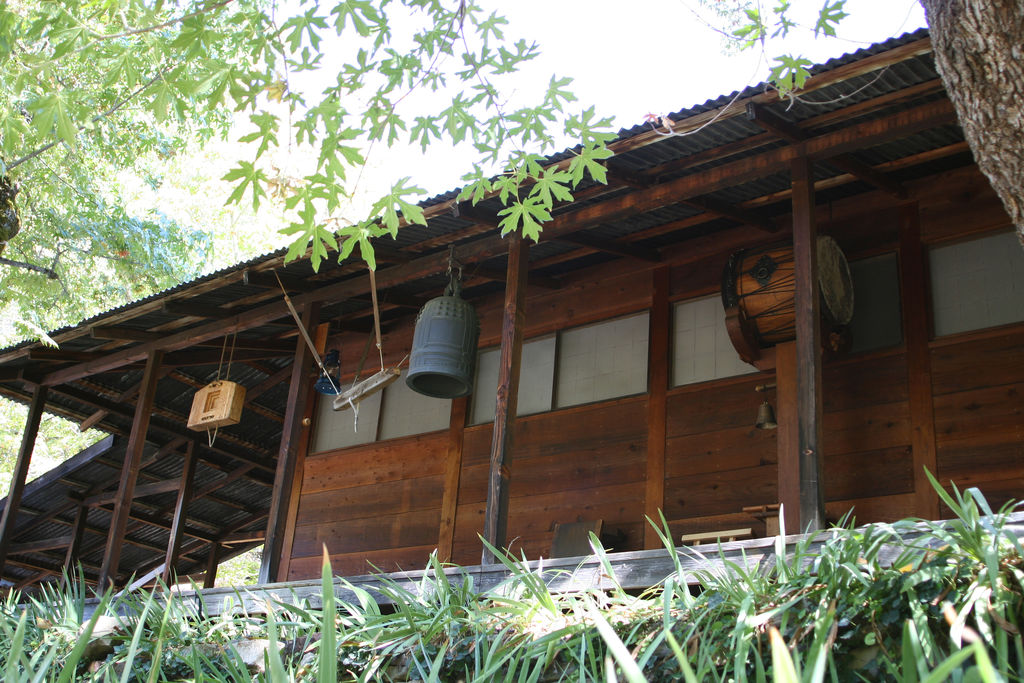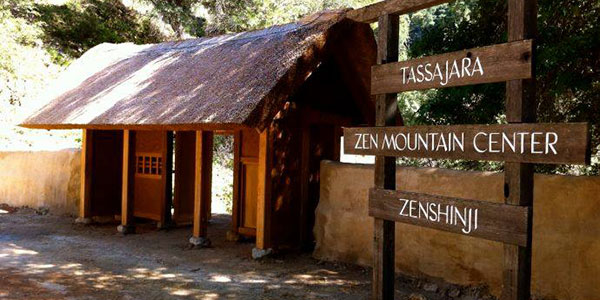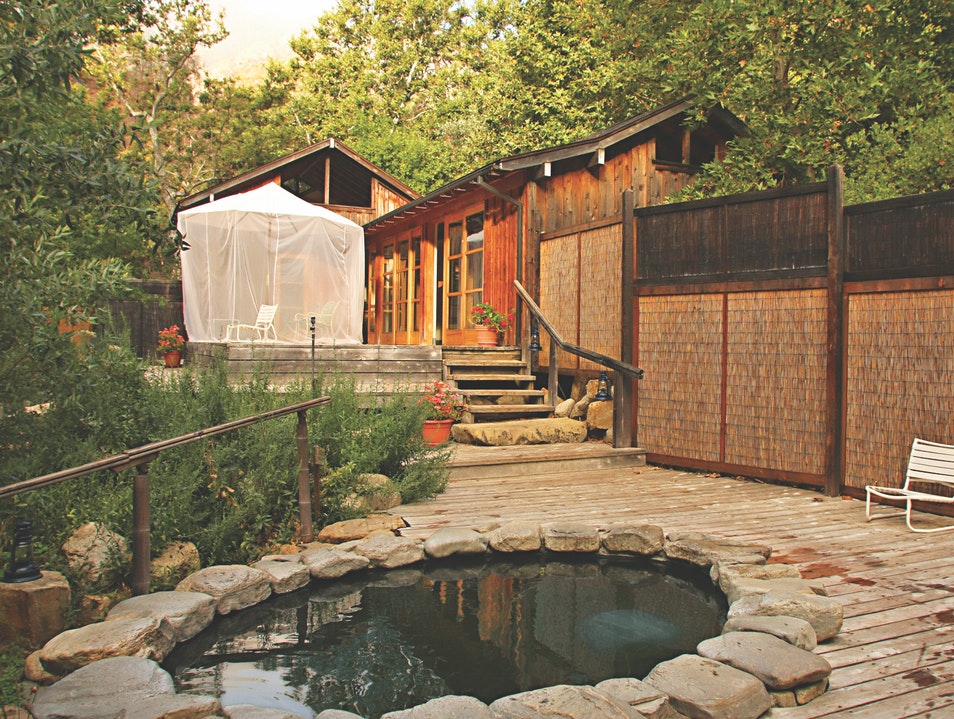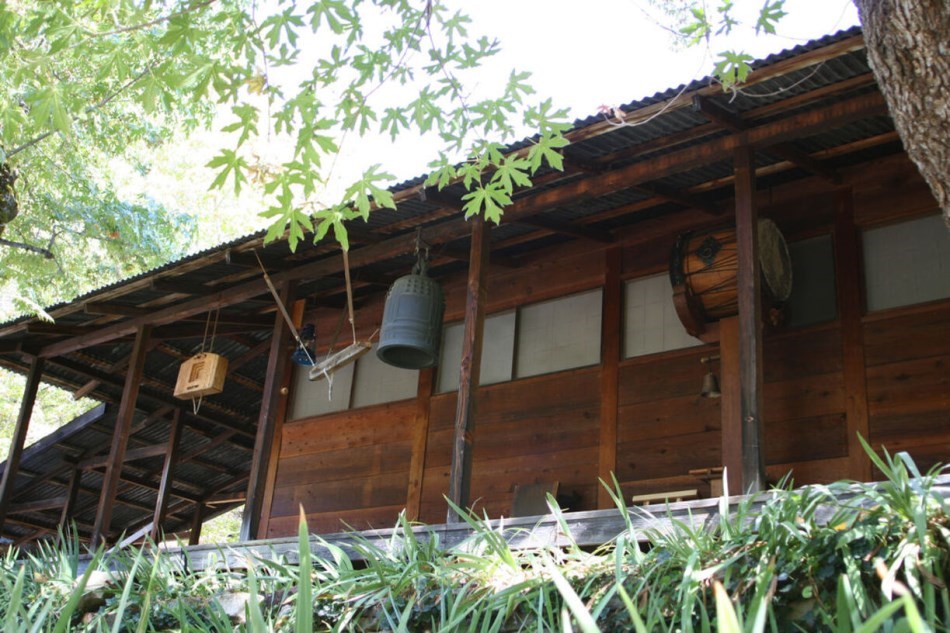The Tassajara Zen Mountain Center in the Ventana Wilderness area of the Los Padres National Forest, southeast of Carmel-by-the-Sea, California, is the oldest Japanese Buddhist Sōtō Zen monastery in the United States. The Center is very isolated, more than 16 miles (26 km) from the nearest paved road, and only accessible via a narrow, steep, one-lane dirt road.

During the winter months, practitioners live alone on site. During the summer months, the Center is opened to day and overnight guests. The hot springs have been developed into Japanese-style baths. It is the first Zen monastery established outside Asia.

The 126-acre mountain property surrounding the Tassajara Hot Springs was purchased by the San Francisco Zen Center in 1967 for the below-market price of $300,000 from Robert and Anna Beck. They improved the property and renamed it The Tassajara Zen Mountain Center, or Zenshinji (Zen Mind Temple), during Shunryu Suzuki's tenure as its first abbot. When it was purchased in 1967, it was the first Zen monastery outside Asia.

A practice period (ango in Japanese) denotes a period of intensive monastic practice. During the fall (September–December) and spring (January–April) practice periods, Tassajara is closed to the public. The rigorous schedule is a defining feature. Activity revolves around zazen (meditation), study, and work.
.jpg)
After the practice periods, Tassajara is open to the public from mid-April through early September. For students, this period also allows them to earn credits toward the fall and spring practice periods. The guest season, with less rigorous daily schedules,is a cornerstone of Tassajara's economic well-being.
According to en.wikipedia








